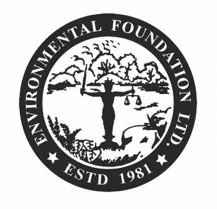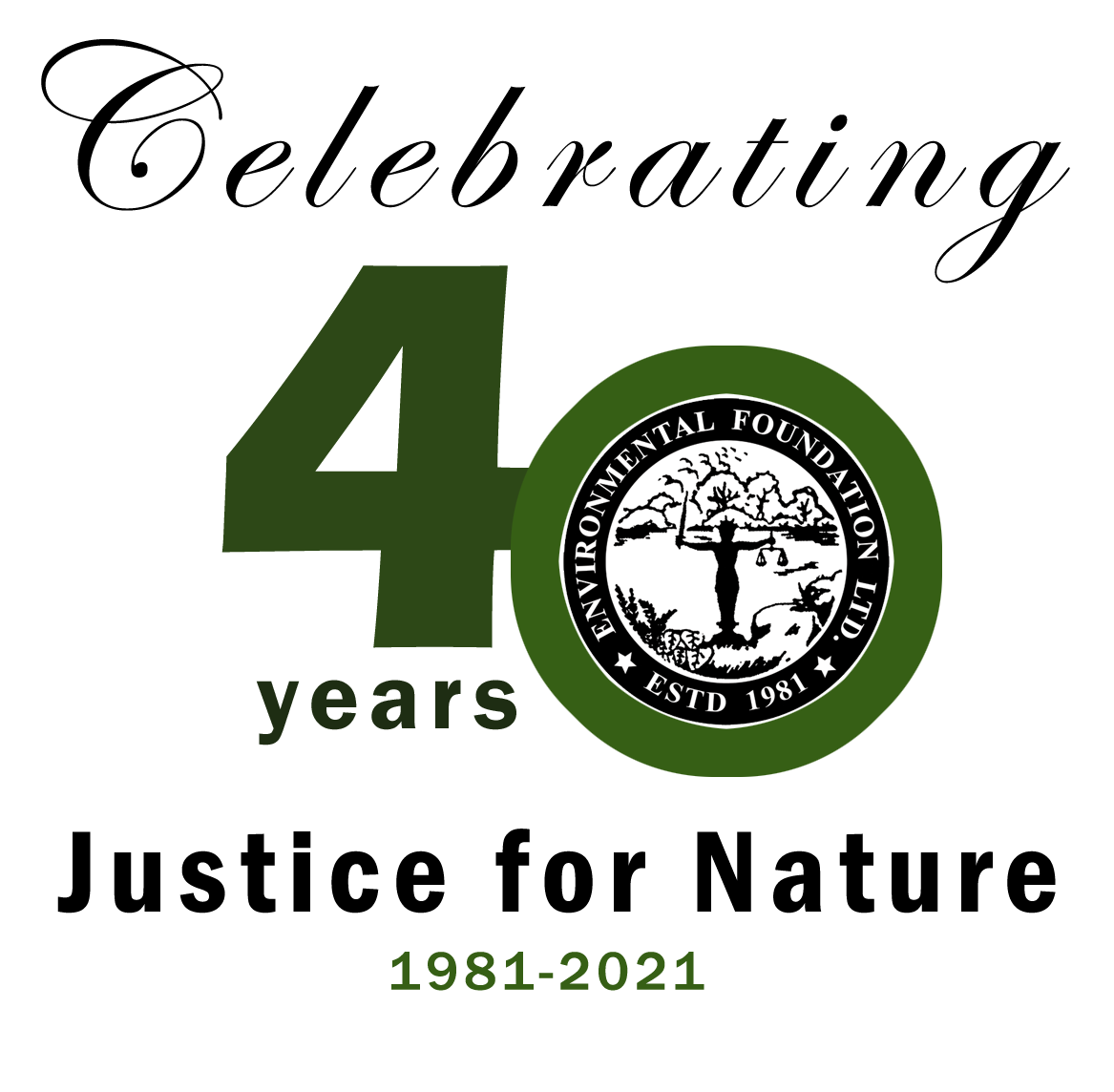Heavy rains caused landslides in Kithulkanda, Meepe last Thursday, damaging several houses. Previously EFL had conducted a site visit to this area to investigate the exploitative mining on the other side of the Kithulkanda mountain in Meepe , where 15 out of 16 quarries were reportedly violating the terms of their permits. While the Geological Survey and Mines Bureau stated that they would revoke the permits of 15 quarries, EFL learned that they had given permission for 12 quarries to
Funded by the Japan Biodiversity Secretariat, Environmental Foundation Limited generated 16 maps based on biodiversity and socio-economic data as well as development plans of the government of Sri Lanka. These maps include existing protected areas, proposed gaps in protected areas, forest areas important for erosion and flood control, habitat suitability and corridor models, as well as areas identified for commodity agriculture and large scale infrastructure. The purpose of this project was to understand where biodiversity targets will conflict with
Tourism has a symbiotic and occasionally parasitic relationship with biodiversity. Biodiversity pulls in visitors with the wildlife and the aesthetic beauty that is associated with pristine natural habitats and in turn, the revenue generated from tourism can go towards conservation efforts and upkeep of protected areas. However, unchecked and unsustainable tourism degrades natural environments, destroying the very thing that attracted visitors there in the first place. Tourism plays a prominent role in Sri Lanka’s post-war economy, generating $US 2.2 billion
From conserving habitats to preventing illegal wildlife trade, the law is a crucial instrument in protecting Sri Lanka’s biodiversity and ensuring that endangered and endemic species are not forgotten and lost in waves of development. While Sri Lanka is bound by international conventions such as the Convention on Biological Diversity and the Convention on International Trade in Endangered Species of Wild Fauna and Flora, it has a diverse range of domestic legislature under which biodiversity is governed and considered. Biodiversity
Despite global recognition for their biodiversity, Sri Lanka’s moist tropical evergreen forests seem to be less valued by its citizens, as development goals and population pressures have steadily eroded forest cover, often leaving only isolated patches which still sustain rare and endemic species. Buoyed by green credibility and a conducive policy framework that was afforded to renewable energy, mini hydro power projects have mushroomed in the South-west, harnessing water sources that are often found in pristine and untouched rainforests. While the
A respite from Colombo’s urban sprawl is often found in an intricate network of urban wetlands across the city. While wetlands regulate temperature, reduce the impact of floods and sequester carbon, these urban ecosystems are frequently and recklessly allotted for the purpose of garbage disposal, with one of South Asia’s largest garbage dumps situated in the Boralesgamuwa wetland. Even designated Ramsar Sites are not exempt, with a recommendation to establish a 5 acre site in Muthurajawela, in the Wattala Divisional





